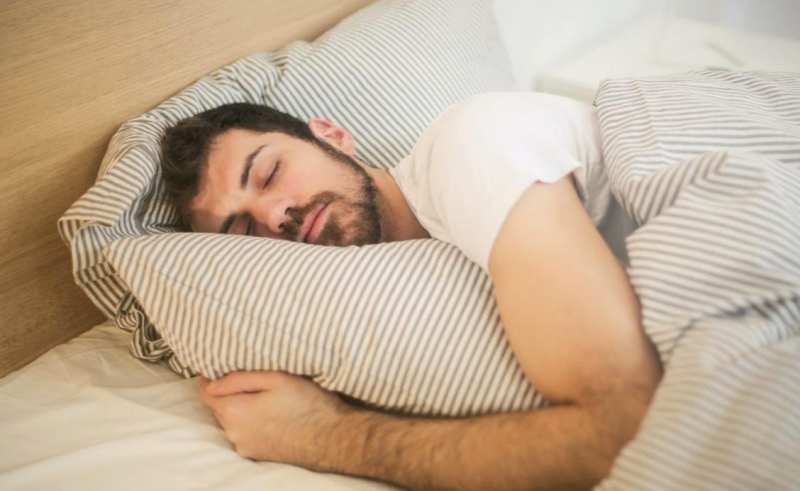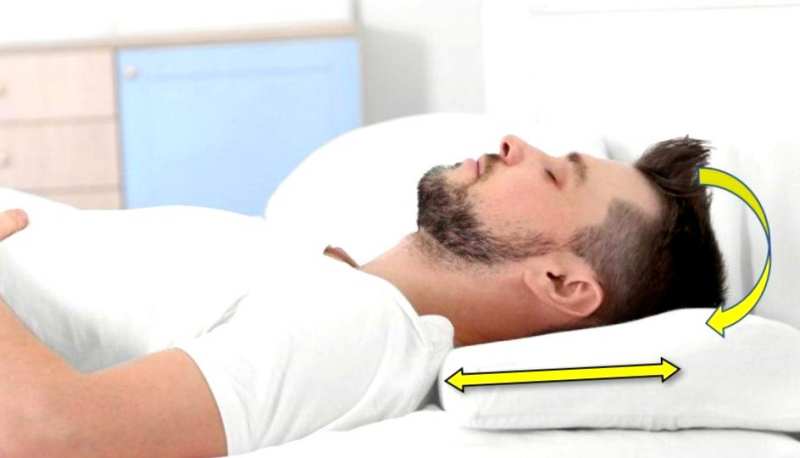Sleep takes up most of a person’s life. In addition to sleeping time each day, sleeping position also plays an important role, affecting the quality of sleep in general. Therefore, you need to adjust the best sleeping position and suit your individual condition.
Different sleeping positions offer distinct benefits and drawbacks. If you are suffering from pain or have health problems, you may need to change your sleeping position to manage your symptoms.
Getting used to the best sleeping position isn’t something that can be done in one or two nights. Taking the time to train yourself to get used to the best sleeping position is the key to improving sleep quality. However, if you don’t feel comfortable, then you don’t have to put pressure on yourself. You can simply adjust a bit to a familiar sleeping position to get the most out of your favorite way of sleeping.
Since there is no one-size-fits-all advice, it’s important to be flexible in making changes that both benefit your health and fit your needs and habits.
1. Fetal curvature

This is the most common sleeping position and also has a multitude of benefits. Not only is the fetal side a great sleeping position for back pain sufferers or pregnant women, but it can also help reduce snoring.
Similarly, the spoon position for couples – both leaning to one side, slightly arched and close to each other, is also one of the most appreciated sleeping positions. This type of fetal sleep for two also has the advantage of helping to increase the love hormone oxytocin, thereby strengthening the relationship between husband and wife.
However, sleeping in the fetal position also comes with a few downsides. You need to be completely relaxed and lie down naturally, otherwise this position can interfere with deep breathing during sleep. In addition, if you have pain or stiffness, sleeping in the fetal position all night will make you sore and numb in the morning.
The advice is to relax and relax when curling up like a fetus. Legs are slightly extended and can fit a pillow between the knees.
2. Sleeping on one side

Sleeping on your side is actually quite a good position, especially on the left side. This type of sleep not only helps reduce snoring, but is also very beneficial for the digestive system, even controlling heartburn.
On the other hand, lying on your side is sometimes not the best sleeping position. The downside of this sleeping pattern is that it causes stiffness in the shoulder, as well as leads to tension in the jaw on the under pressure. Plus, research shows that sleeping on your side can contribute to increased wrinkles in the skin.
If you like to sleep on your side, be sure to choose a quality pillow to avoid neck and back pain. In addition, placing a pillow between the legs will also help to better align the hips, in accordance with the natural curve of the spine. You can sleep on whichever side you want, as long as you feel most comfortable. While this is a good sleep pattern, don’t be afraid to switch to a different sleeping position if you feel tired or uncomfortable.
3. Lie on your stomach

If we had to rank the best sleeping positions, lying on the stomach would most likely be at the bottom of the list. This position is suitable for people who snore or sleep apnea, but other than that, lying on the stomach has no other benefits.
In fact, lying on your stomach can cause both neck pain and back pain. This is also a sleeping position that puts a lot of unnecessary stress on muscles and joints, leaving you feeling sore and tired when you wake up.
If you still want to sleep on your stomach, try using a thin head pillow, or no pillow, to relieve pressure on your neck. You can also place a pillow under the abdomen-pelvis area to relieve lower back pain.
4. Lie on your back

Lying on your back is the best sleeping position, with many health benefits. This sleeping pattern not only protects the spine, but also helps relieve hip and knee pain.
Sleeping on your back uses gravity to keep your body in line with your spine, thereby reducing unnecessary pressure on your back or joints. Placing a pillow below the knees can also support the natural curve of the back.
What’s more, sleeping on your back also keeps your skin looking young, by being protected from wrinkles caused by pillows or gravity.
On the other hand, sleeping on your back may not be suitable for people who snore or sleep apnea, as well as those who are suffering from back pain. This is why each sleeping position is suitable for different people.
The advice when sleeping on your back is to put a pillow under your knees to relieve back pain and reduce pressure on the spine. If you have airway obstruction, you can add an extra pillow to make it easier to breathe.
5. Other Notes
We spend about a third of our lives sleeping and resting in bed. Sleeping in the right position is more important than you think. If you have trouble sleeping or any sleep disorder, your health will suffer. In addition, lack of sleep, insufficient sleep and overall sleep quality are also very important to consider.
If you don’t feel refreshed when you wake up, it’s time to practice better sleep habits. In addition to adjusting your sleeping position, you can also increase the quality of your sleep by:
- Avoid excess consumption of caffeine (from coffee and tea)
- Regular exercise and physical activity
- Set up a nightly relaxation schedule to prepare for a good night’s sleep
- Also, try keeping a sleep diary for 1-2 weeks. You can track your sleep habits and quality, giving you a better idea of what advice will work for you.
In general, you don’t have to change your familiar sleeping position if you don’t have any unusual problems. Do what makes you feel most comfortable. It’s important to make sure you’re fully rested after a good night’s sleep and ready to start the day with energy.
Vietnamese herbal medicine for good sleep:
Also watch:
What is the best sleeping position?
Read more:
8 reasons for you to give up the habit of sleeping with wet hair












